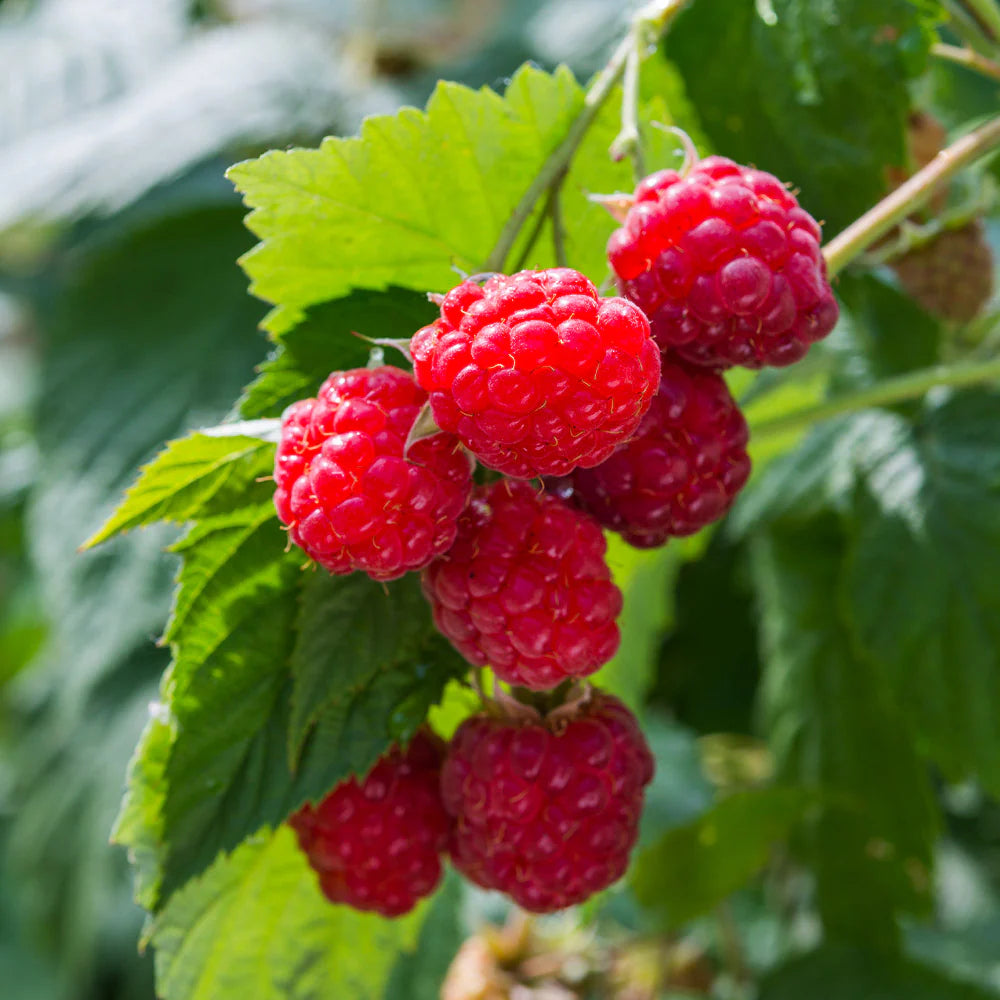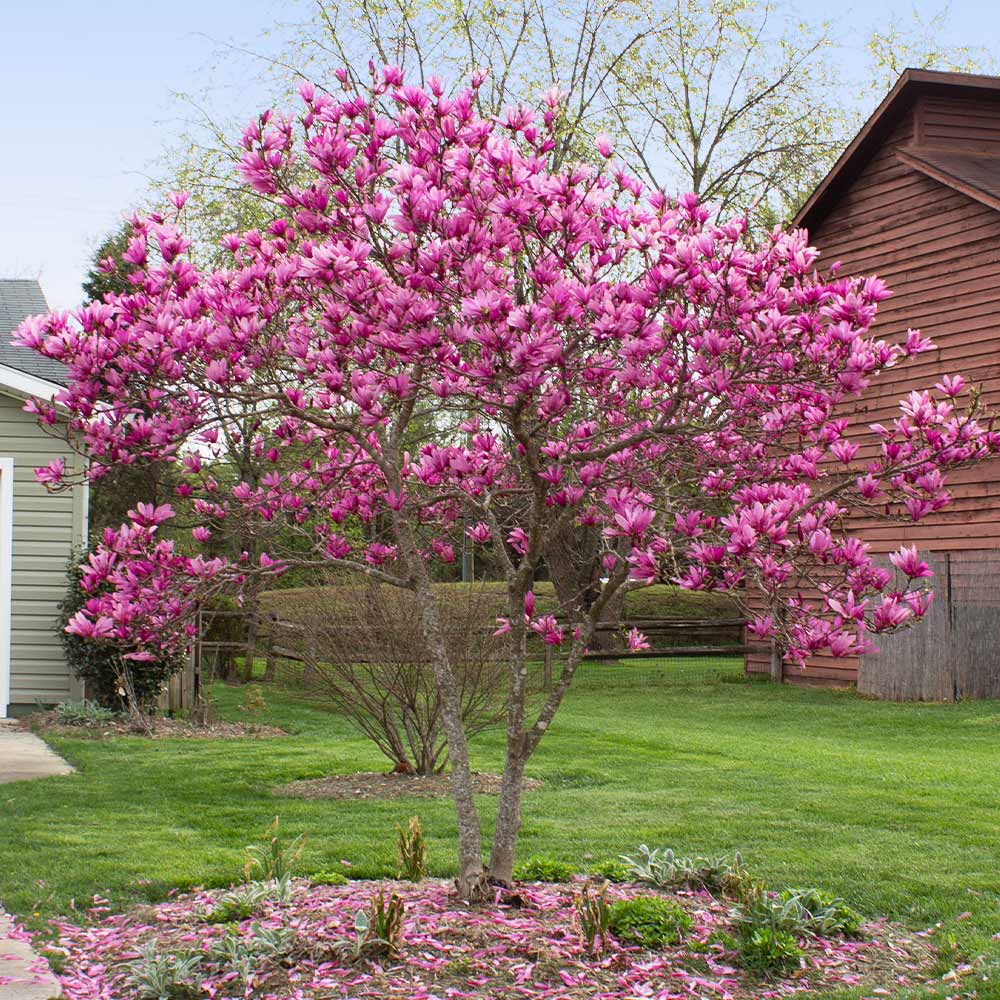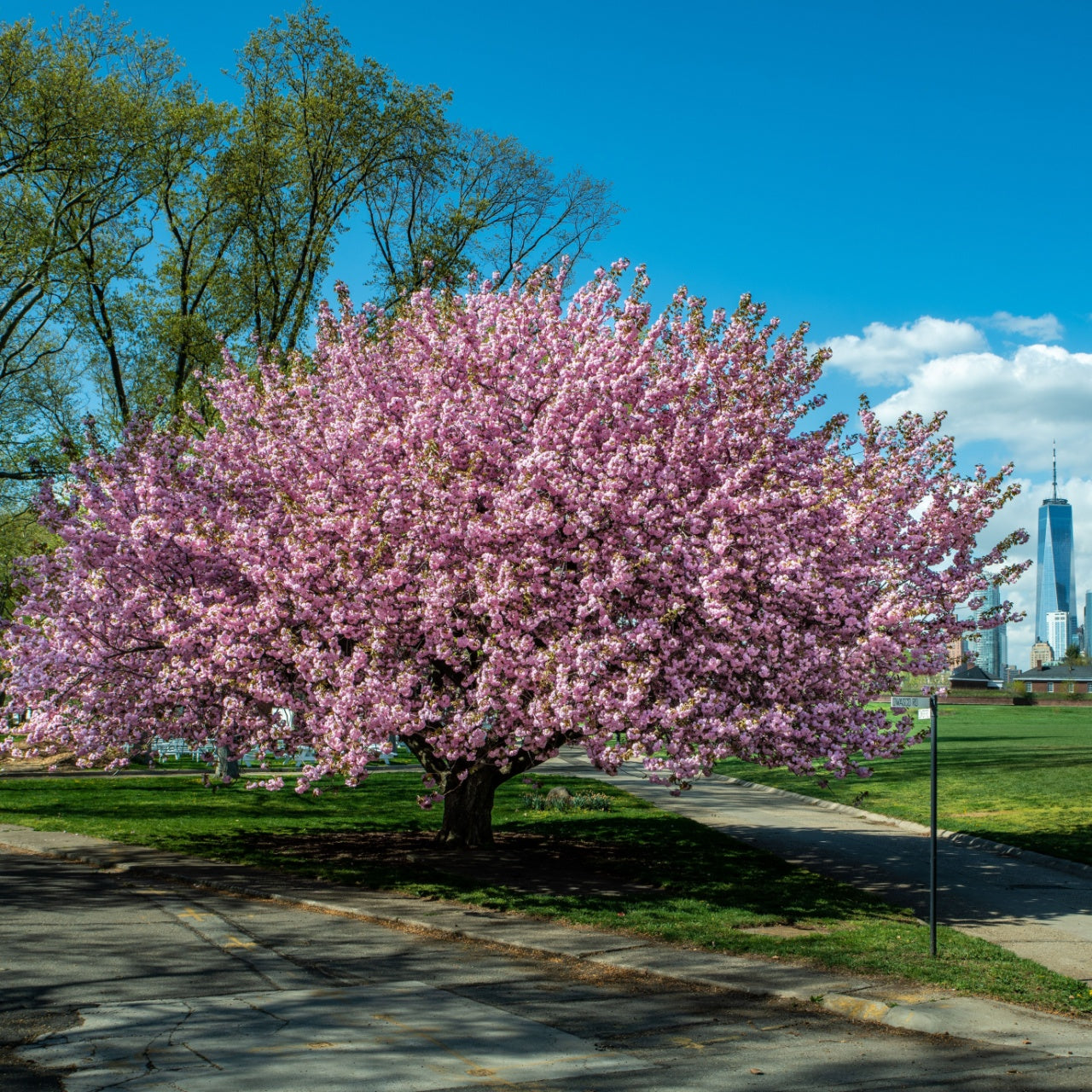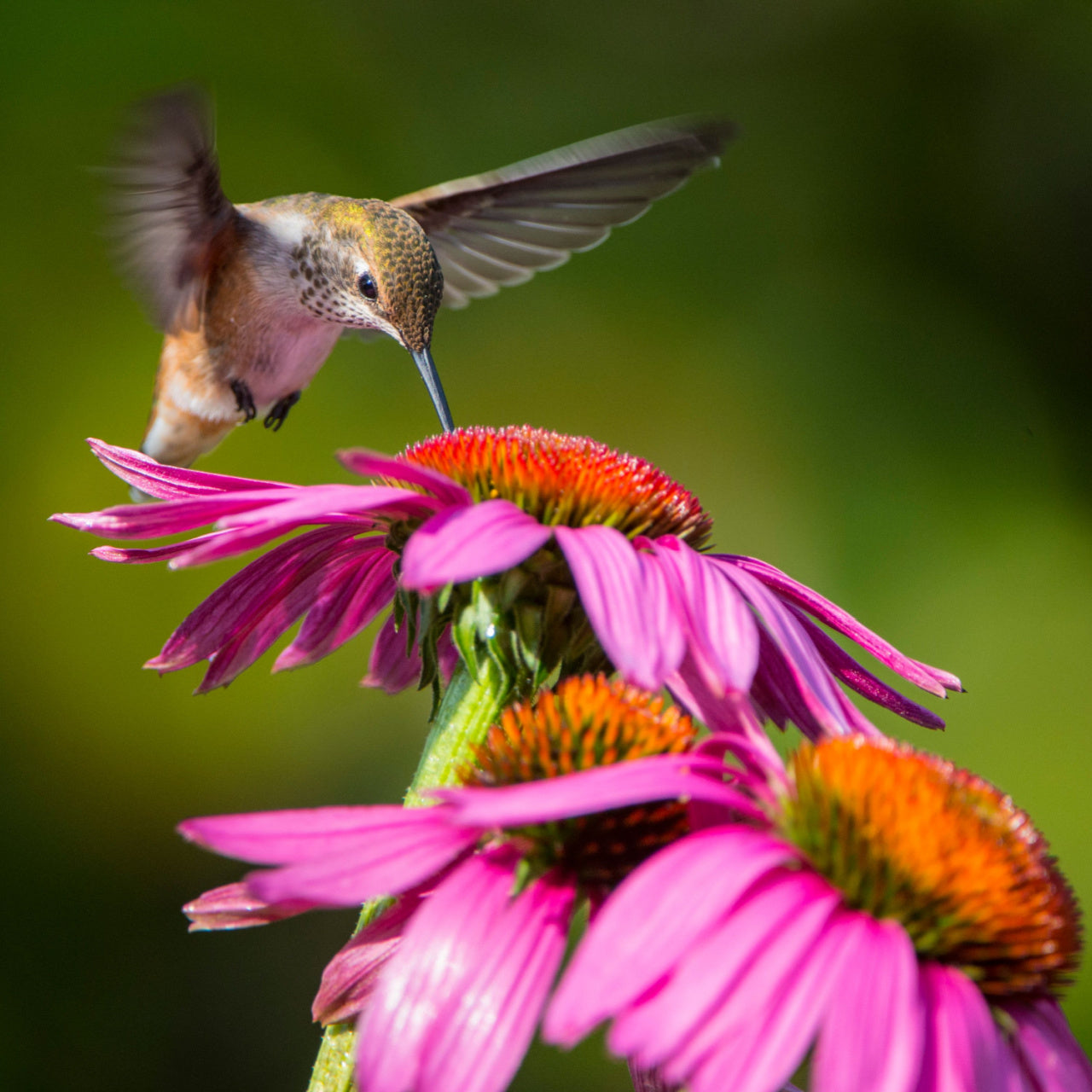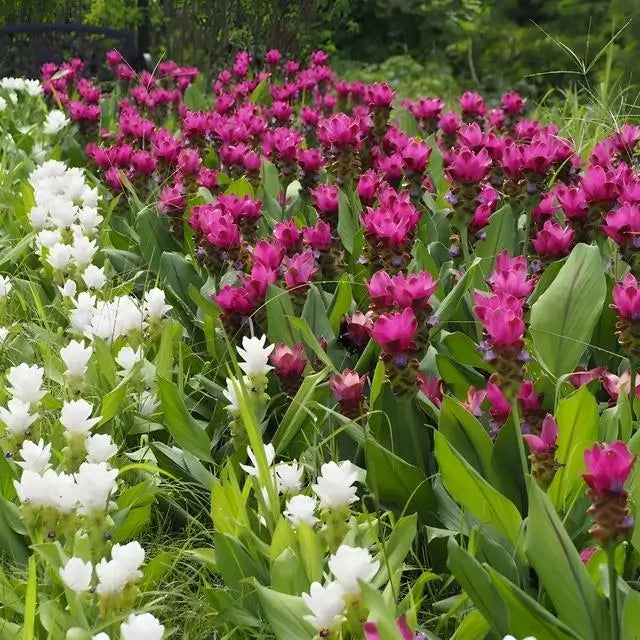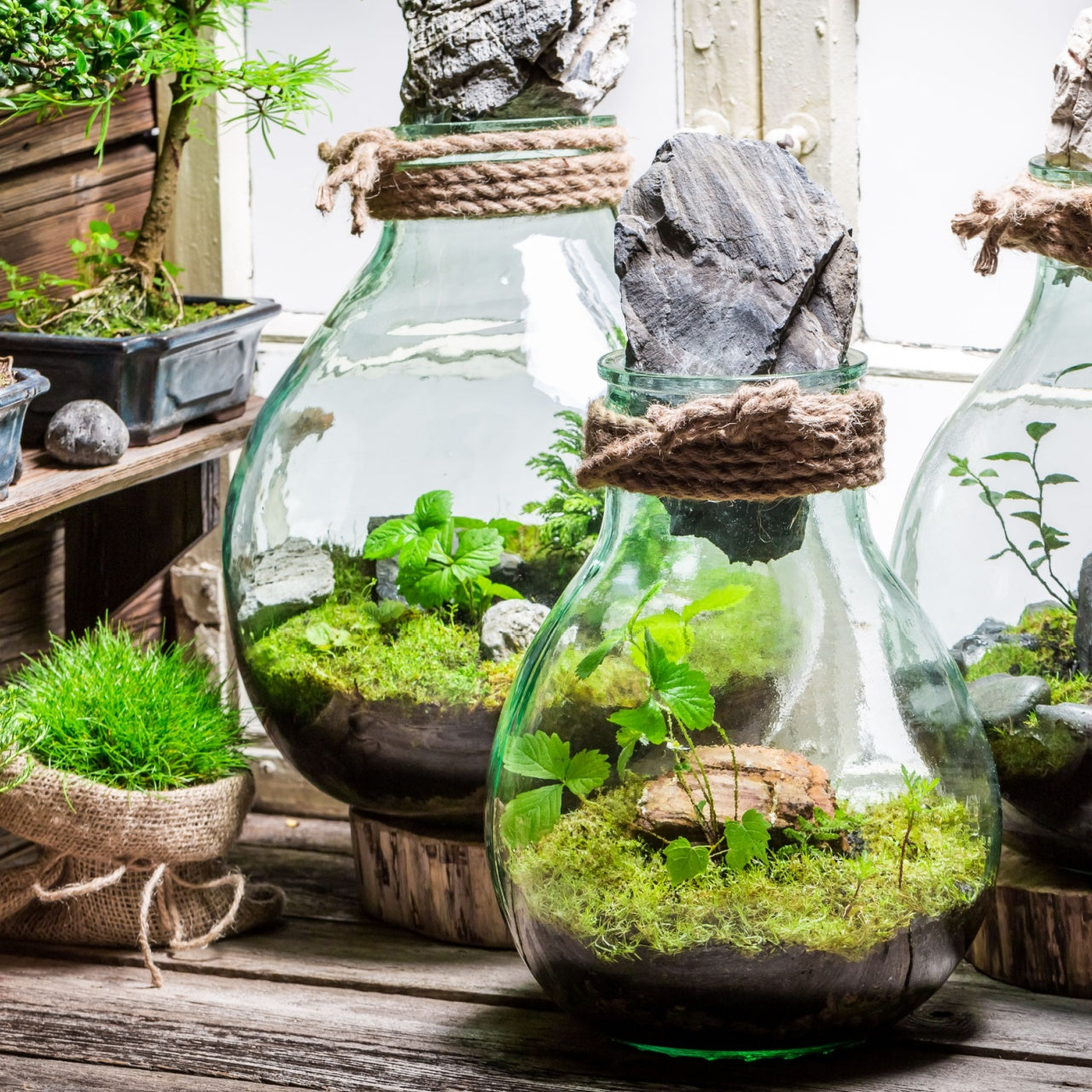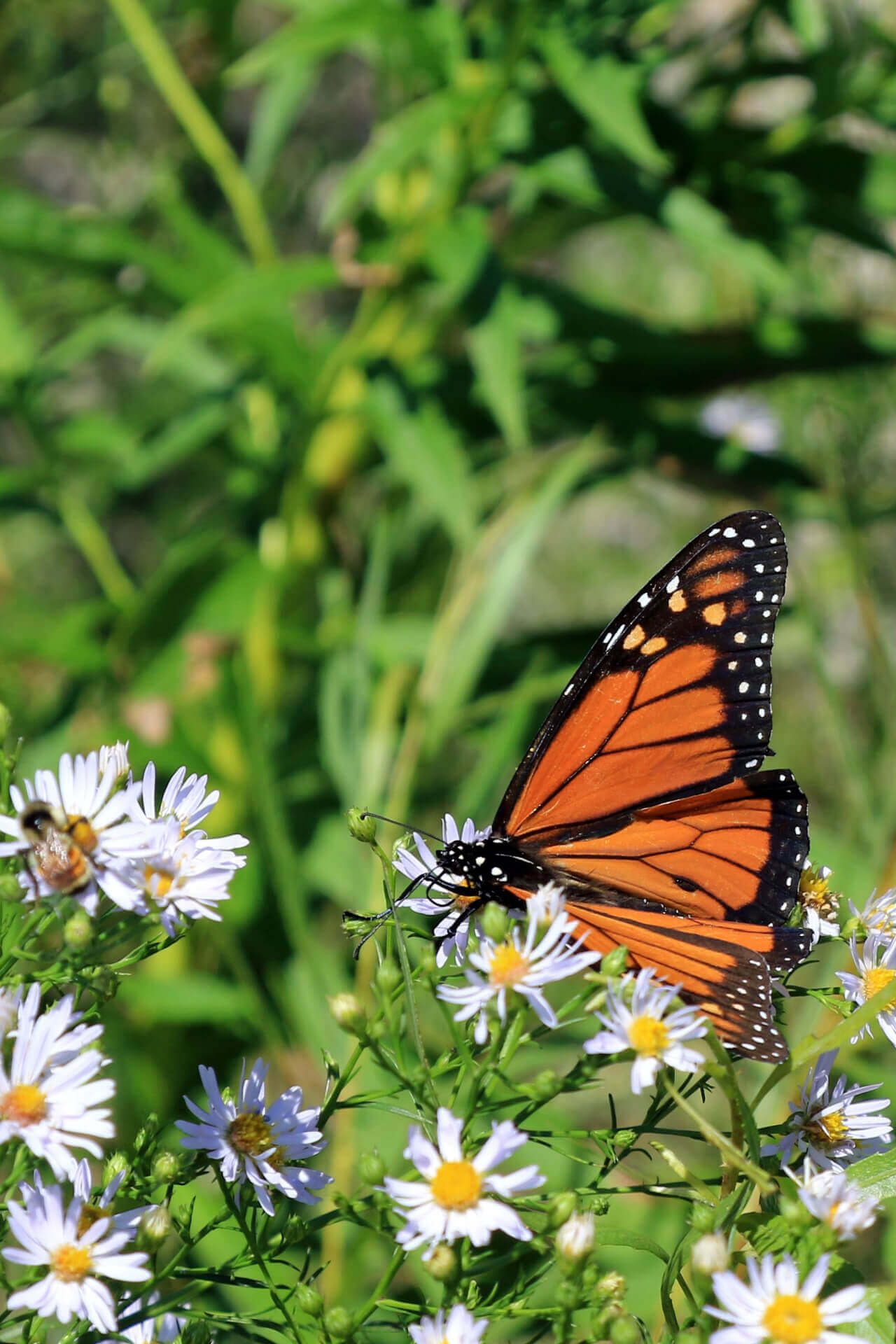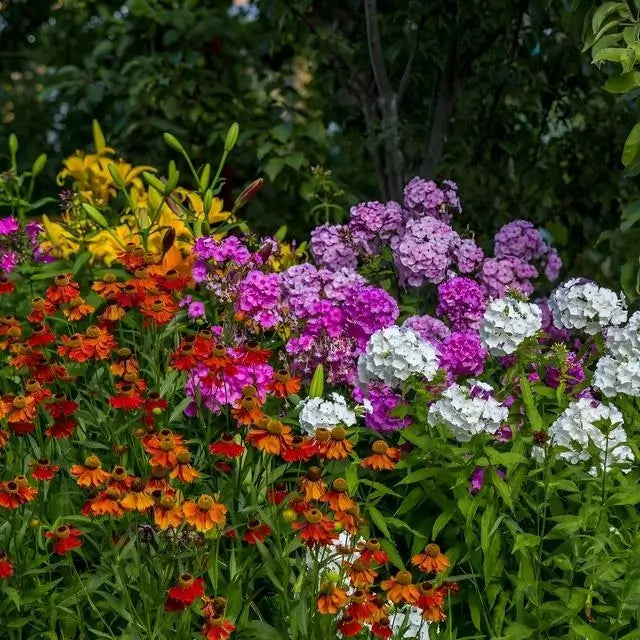



Ginkgo Biloba
Thrives in Zones 3-9
Unique, beautiful fan-shaped leaves
Exceptional fall golden foliage
Tolerant of urban pollution
Ships in
November 2025Ginkgo Biloba Tree Is One Tough Mammer Jammer of a Native Tree Species
Ginkgo biloba dates back over 200 million years, and its original date back to the time of dinosaurs. This rugged species is a deciduous tree with unique, fan-shaped leaves. It is an exotic, very hardy tree native to China. This tree is probably the hardest on the planet, not to mention its golden fall foliage, making it an ornamental favorite of all native trees. Its history dates back over two million years and is still used in Chinese medicine.
Ginkgo Biloba Plant Details
Family: Ginkgoaceae
Light Requirement: Full Sun
Water Needs: Moist
Height: 25 – 50 ft.
Spread: 20 – 35 ft.
Growth Rate: Moderate
Bloom Time: Spring
Wildlife Value: Attracts birds
Landscape Uses and Maintenance of Ginkgo Biloba Plants
Ginkgo Biloba is a tall tree often immediately recognized due to its unique leaves. As it is the last member of its family still existing on Earth today, this tree is truly a living fossil you will want to grow in your yard.
Use this tree as an accent for your yard or as a shade tree. It's great with a bench underneath and a stone lantern at your side, where you can read and find a moment of zen in your Japanese or Asian-inspired garden.
Plant this tree in well-draining soil. It can tolerate different soil types, including sand, loam, and clay. This is a favorite tree for city planning, as it tolerates low and high salinity levels.
Noteworthy Characteristics of Ginkgo Biloba Plants
Ginkgo Biloba
This tree will drop all of its leaves at once in a moment of high drama, creating an excellent carpet of gold underneath. This unique trait creates a beautiful display and makes leaf cleanup very easy!
This Is How Your Plants Will Look upon Delivery
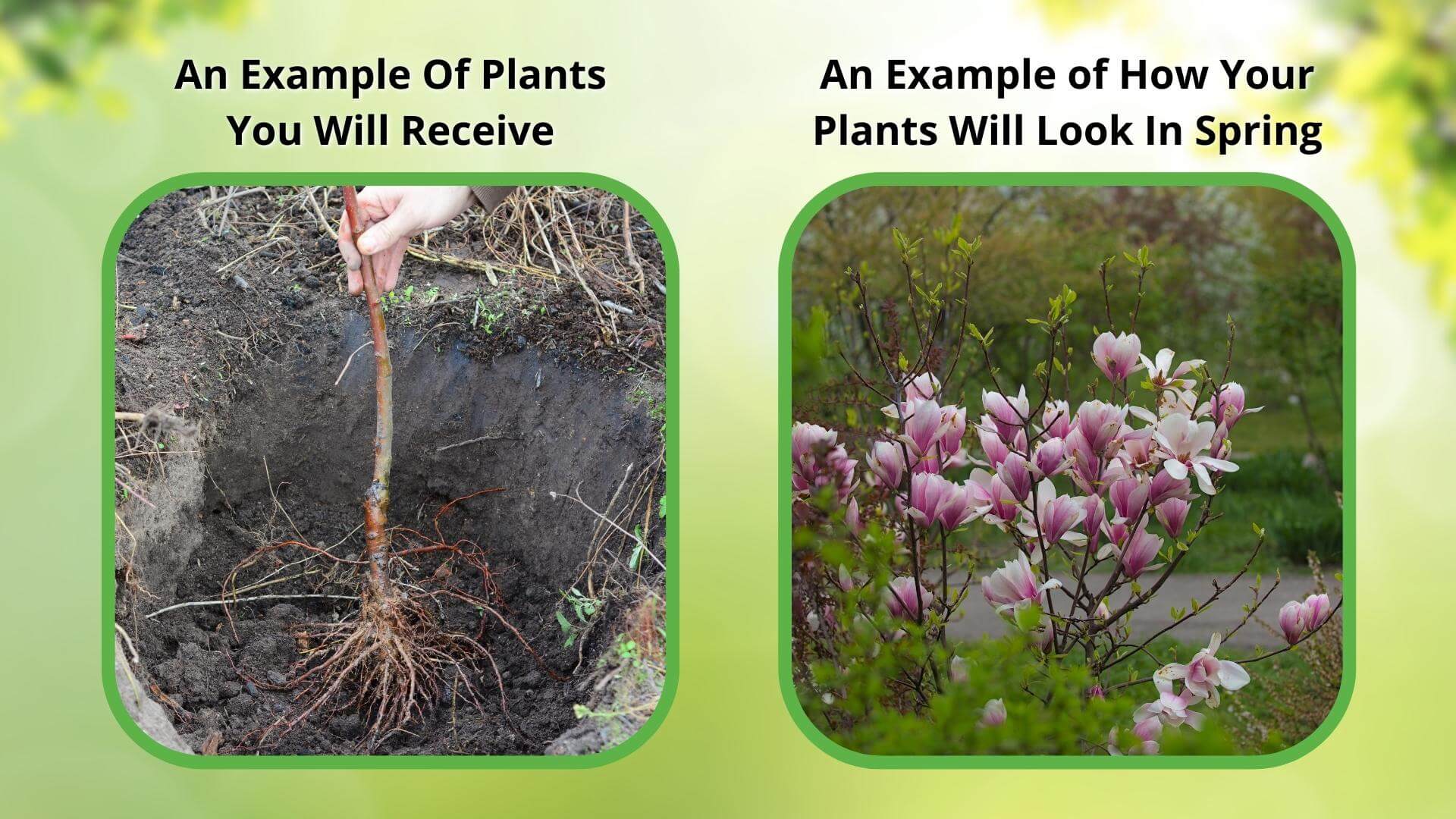
Height at Maturity
Over 25 Feet
Care
Ginkgo biloba flourishes in well-drained soil with regular watering. This hardy tree is tolerant of urban conditions and pollutants. Prune as needed to maintain shape and clear dead or diseased branches to ensure a healthy, attractive tree.
Plant Reproduction
Ginkgo Biloba spreads by wind-dispersed seeds and root suckers.
How to Grow and Care for Bare Root Trees
Bare root trees are shipped dormant without soil, making them lightweight, cost-effective, and easy to plant during the cool months of early spring or fall. To begin, soak the roots in a bucket of water for 4–6 hours before planting to rehydrate them. Choose a sunny location with well-draining soil and ample space for the tree’s mature size.
Dig a hole twice as wide as the spread of the roots and deep enough to keep the root flare (where the roots begin to spread from the trunk) at or slightly above ground level. Create a small mound of soil in the center of the hole, spread the roots evenly over it, backfill with native soil, and gently tamp down to remove air pockets. Water thoroughly after planting.
Keep the soil consistently moist (not soggy) during the first growing season, and apply mulch around the base—avoiding direct contact with the trunk—to conserve moisture and suppress weeds. Stake the tree if necessary, and prune only to remove dead or damaged branches. With proper care, your bare root tree will establish quickly and grow strong for years to come.
Shipping date depends on the date displayed and chosen when you order from the product's page.
We do not accept returned plants. If you purchased an extended warranty we do accept claims, please navigate to the warranty page for instructions HERE






Why You Will Love Our Ginkgo Biloba
Stunning Fall Foliage:
Ginkgo Biloba turns a brilliant golden yellow in fall, adding vibrant color to any landscape.
Air Purification:
Ginkgo Biloba helps improve air quality by absorbing pollutants and releasing oxygen.
Unique Leaves:
The fan-shaped leaves are visually striking and create a unique look in any garden.
Longevity and Durability:
These trees can live for centuries, making them a lasting addition to your garden.


